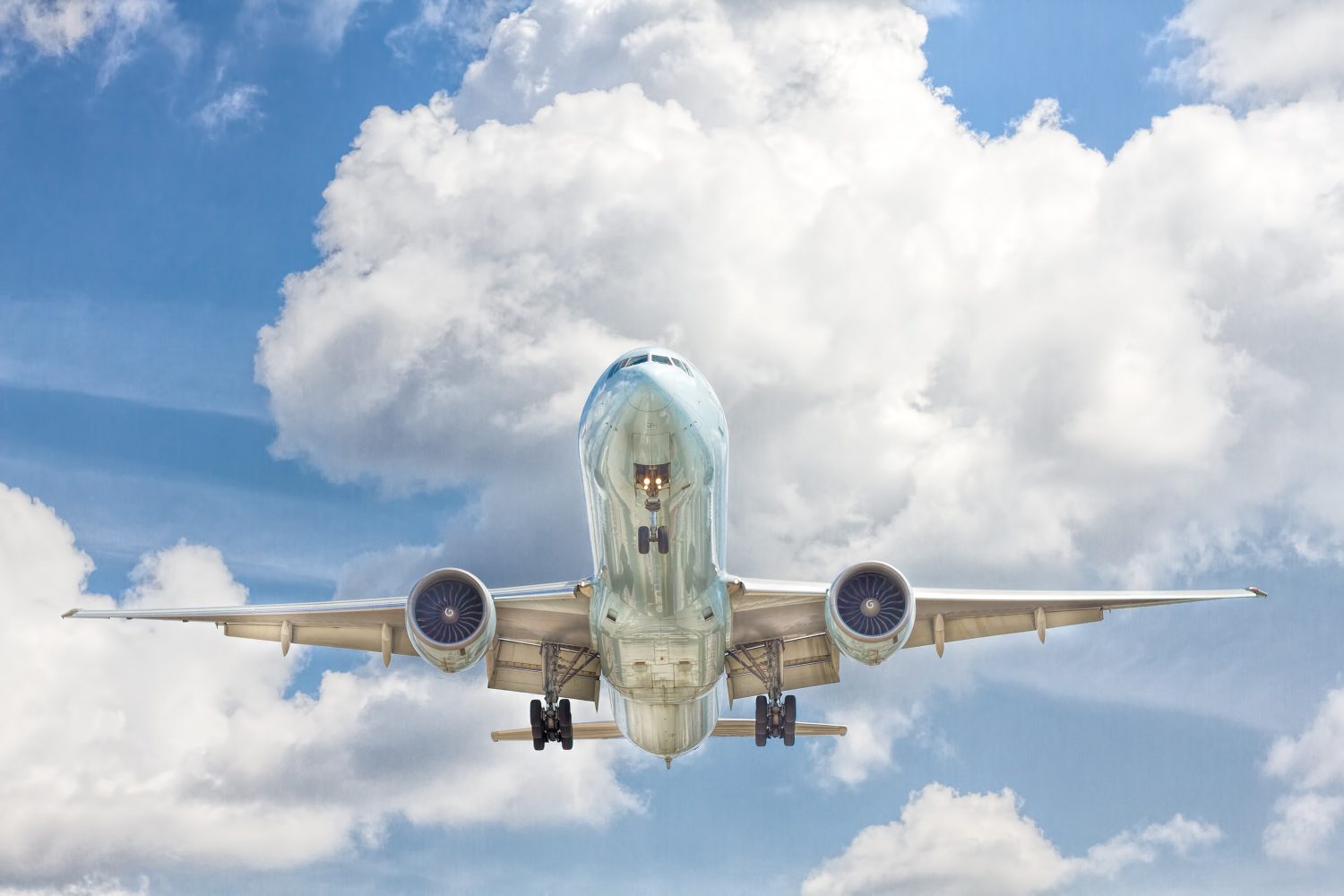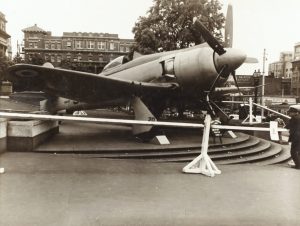History of aluminium in the aerospace industry
08th Dec

Aluminium and the aerospace industry have a close relationship that goes way back. From engines to propellers, fuselage frames to fuel tanks, where there’s aviation you will find aluminium fabrication. The industry benefits greatly from the many advantages the metal provides to ensure aircrafts, helicopters, and spacecrafts can all operate safely and efficiently.
It has become so integral in fact, that around 75-80% of a modern aircraft is made up of aluminium. In this article, we’ll be exploring the history of aluminium in the aerospace industry as well as the useful benefits the metal brings to the table.
History of aluminium in aerospace
The Wright brothers
On 17th December 1903, the Wright brothers made history with the first human flight using their airplane, the Wright Flyer. During this time, automobile engines were very heavy and didn’t have enough power to achieve take off. So, the Wright brothers created their own special engine in which the cylinder and other elements were constructed from aluminium.
Given that aluminium was not easily available and incredibly expensive, the plane itself was made from Sitka spruce and bamboo frame covered with canvas. It would take more than a decade for aluminium to become more widely used in the industry.
World War 1
Wooden aircrafts got the ball rolling in the early days of aviation, but during World War 1, lightweight aluminium started to replace wood as the key part of aerospace manufacture. In 1915, German aircraft designer Hugo Junkers built the first ever full metal aircraft; the Junkers J1 monoplane. Its fuselage was made up of an aluminium alloy that utilised copper, magnesium, and manganese.
The golden age of aviation
The years between WW1 and WW2 were known as the golden age of aviation. Throughout the 1920s, Americans and Europeans were competing in airplane racing, which resulted in innovations in aircraft design and performance. Streamlined monoplanes replaced clunky biplanes and there was shift towards all-metal frames using aluminium alloys.
In 1925, the Ford Motor Company branched out into the airline industry with Henry Ford designing the 4-AT, three-engine, fully metal plane using corrugated aluminium. The plane was nickname “The Tin Goose” and became very popular with passengers and airline operators. By the mid-1930s, a new streamlined aircraft shape came to the forefront. Planes built during this time had tightly cowled multiple engines, a retracting landing gear, variable-pitch propellers, and stressed-skin aluminium sheet fabrication.

World War 2
During WW2, aluminium was required for multiple military applications, especially construction of aircraft frames which led to a huge increase in aluminium production. The demand for aluminium was so high that in 1942, WOR-NYC broadcast a radio show called “Aluminium for Defence” which aimed to encourage Americans to contribute any scrap aluminium for the war effort. Aluminium recycling was pushed, and “Tinfoil Drives” offered free movie tickets in exchange for balls of aluminium foil.
From July 1940 to August 1945, the US produced an impressive 296,000 aircrafts and over half of these were made mostly from aluminium. The American aerospace industry could meet the needs of not only their own military but also their allies, including Britain. At the height of production in 1944, American aircraft plants were building 11 planes an hour. By the end of WW2, the US had the most powerful air force in the world.
The modern day
Since the end of the war, aluminium has become an essential part of aircraft production. Whilst the composition of aluminium alloys has got better with time, the benefits of the metal have always been the same. As a result, aluminium is used extensively in modern aircraft manufacture.
The Concorde, which flew passengers at more than twice the speed of sound for 27 years, was made with an aluminium skin. The Boeing 737, the best-selling jet commercial airliner is made up of 80% aluminium. Modern day planes use aluminium in the fuselage, wing panes, the rudder, exhaust pipes, the door and floors, seats, engine turbines, and cockpit instrumentation.

Space exploration
Aluminium is not just crucial to airplanes but also to spacecraft as well where low weight combined with maximum strength is even more important. In 1957, the Soviet Union launched the first satellite, Sputnik 1, which was constructed using an aluminium alloy.
All modern spacecrafts are made up of 50-90% aluminium alloy. These alloys have been used heavily on the Apollo spacecraft, the Skylab space station, and the International Space Station. Aluminium continues to be essential for the Orion spacecraft which is currently under development. The craft aims to enable human exploration of asteroids and Mars and the manufacturer, Lockheed Martin, is using an aluminium-lithium alloy for Orion’s main structural elements.
The benefits of aluminium
With many beneficial features, aluminium was an obvious choice for aircraft manufacturing. Wood was originally used but it tends to rot and splinter without extensive maintenance. Similarly, steel is stronger than aluminium, but it is also much heavier. Therefore, steel is only used in cases when extremely high strength is required like on landing gears or particularly high-speed planes. Some examples of the benefits of aluminium include:
- Lightweight- using aluminium significantly reduces the weight of an aircraft. Weighing about a third less than steel, it enables an aircraft to either carry more weight or have better fuel efficiency.
- High strength- the high level of strength aluminium has means it can replace heavier metals without losing any strength from the other metals, while benefitting from its lighter weight too. Also, load-bearing structures can maximise aluminium’s strength to make aircraft manufacturing more reliable and cost-efficient.
- Corrosion resistance- corrosion can be very dangerous for an aircraft and its passengers. Aluminium is naturally highly resistant to corrosion and chemical environments, meaning it is even more valuable for aircrafts operating in corrosive maritime environments.
Using aluminium in fabrication
It is thanks to these impressive benefits that aluminium is so sought-after, not just for use in the aerospace industry but many other industries, making aluminium fabrication an essential service. Bespoke fabrication using aluminium allows products to be made for clients that will be strong, lightweight, durable, resistant to anything, and long-lasting, whilst also meeting the requirements of the project.
If you’re looking for high-quality, professional, and experienced aluminium fabrication in Sheffield, contact our team at FEM today and we can make your bespoke metal product needs a reality.